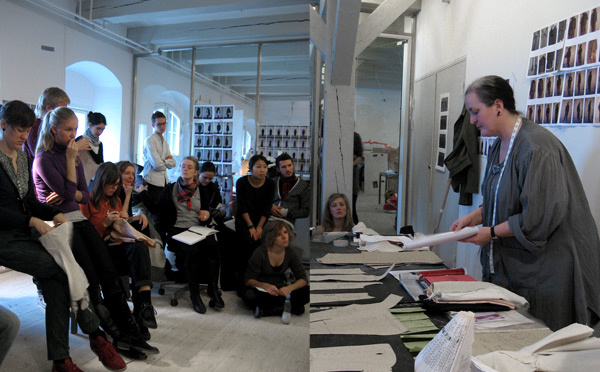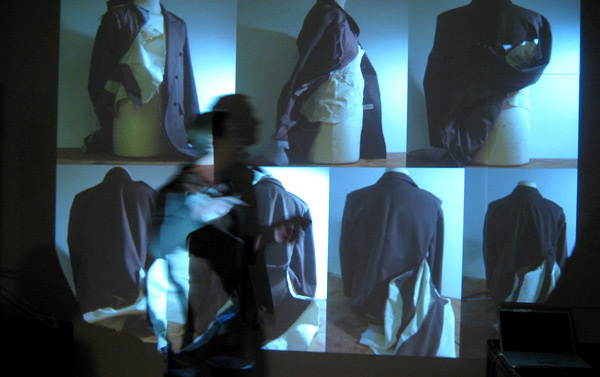Pattern Anatomies (2008)

A workshop collaboration between CITA and fashion designer Jiliana Sissons.
The last decade has seen an extreme development of the textiles industry. The invention of new high technology fibres and yarns as well as new fabrication techniques for weaving, knitting, pleating, welding or laminating materials, is exploding the use of textiles. From the miniature detailing of knitted arteries inserted into the body to the extreme scales of geo-textiles, textiles are entering new fields of fabrication hybridising existing technologies and inventing new. The vision of large-scale constructive textiles is highly inspiring for contemporary architectural design practice as concept as well as material. The imagination of a unified surface that merges the once separate elements of floor, wall and ceiling, is challenging traditional techniques of construction and inventing new.

This studio explores how techtonic textiles challenge the way we think, design and build architecture. What are the architectures and environments that a soft and pliable material suggests? How can draw and build an architecture defined along its skins rather than through its section? How would programme and inhabitation take place within a malleable space designed around movement and behaviour?

The studio will merge digital and physical tools to explore the design of textile spaces. We will build and sew structures and explore their life worlds through film, photography and drawing.


